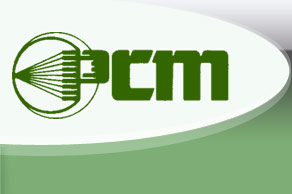In previous blogs, we have spoken at length about the wonders of DuPont’s Teflon®. There is no doubt that Teflon® has demonstrated versatility unmatched by any other engineering material. However Teflon® is not just one product but in fact an amazing group of different technologies under one famous umbrella. Let’s take a look at some of the different technologies that make up the Teflon® family.
•PTFE
Polytetrafluoroethylene (PTFE) is a fluorocarbon solid that is hydrophobic, which means that it can’t be made wet. Because of its strong carbon-fluorine bonds, it is extremely non-reactive. It can also be used as a lubricant to reduce friction and wear. Typical applications include heat exchangers, molds, cruise control parts, filters, and carburetor shafts.
•FEP
Fluorinated ethylene propylene (FEP) is what is referred to as a copolymer. It is a combination of hexafluroropropylene and tetrafluroethylene. It is similar to PTFE, but is softer and thus more easily formable. Therefore, it is utilized in chemical equipment like impellers, mixing tanks, valves, and pumps.
•PFA
Perfluoroalkoxy (PFA) is yet another fluoropolymer that is a lot like PTFE. The difference being that, much like FEP, it is easily formable. Also PFA melts at 305°C while FEP does so at 260°C. PFA is great for chemical equipment but also Silicone wafer manufacturing equipment and molds.
•ETFE
Ethylene terafluoroethylene (ETFE) is a fluorine-based plastic polymer which is extremely corrosion-resistant. In many ways it is physically the strongest of the four technologies. It has a very high melting temperature and can bear 400x its own weight. It is used for heavy duty chemical equipment and polystyrene molds.
If you have any questions about these different technologies or want to find out which one might be right for you, contact an expert at PCM today!



Follow us on: